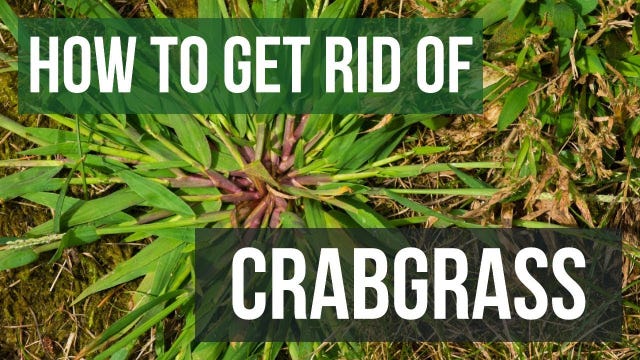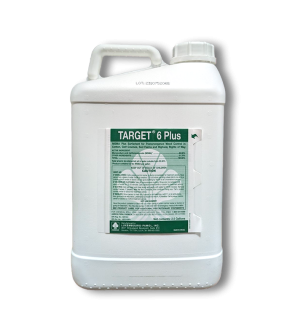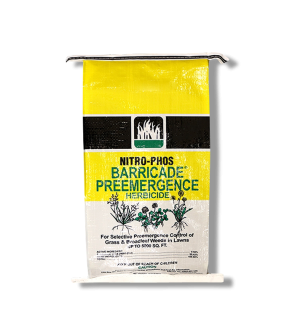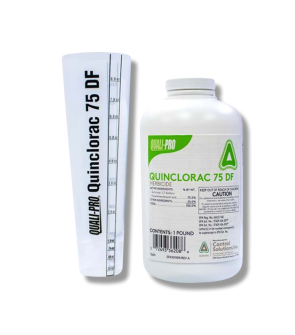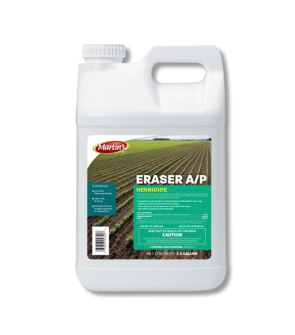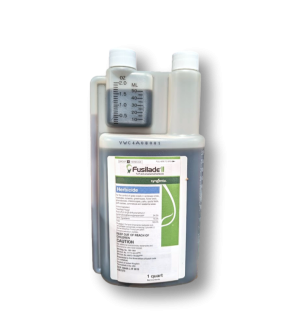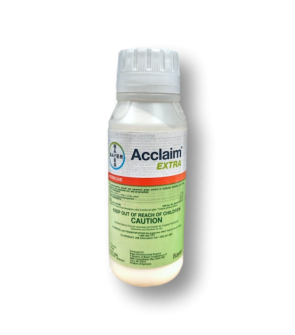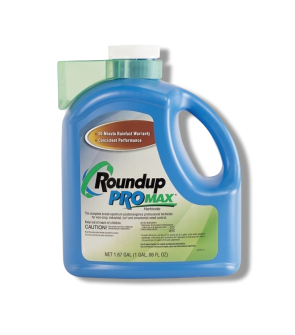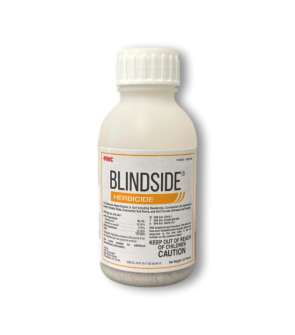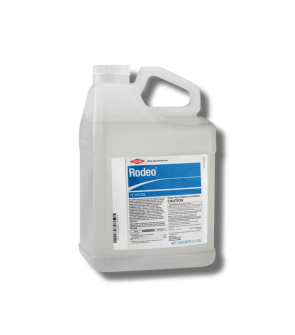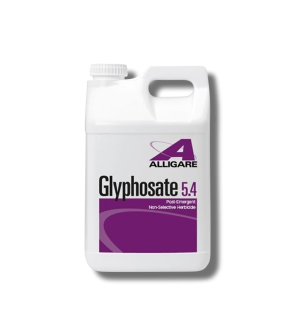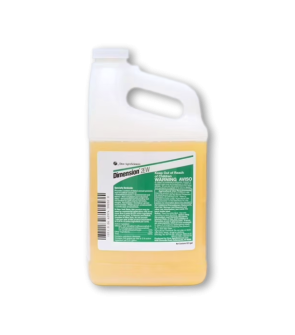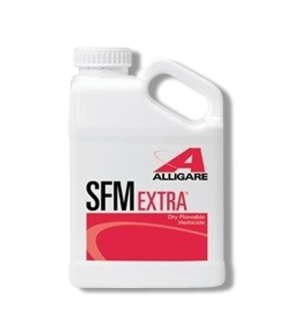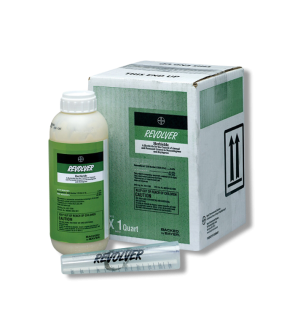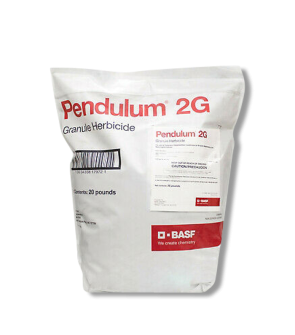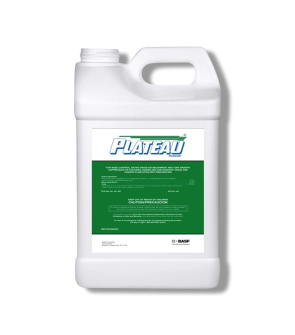Gain access to personalized product screening, the best pricing, rewards, and more!
Most Effective Products
Crabgrass Control: How To Get Rid of Crabgrass
Crabgrass is considered one of the most common invasive weeds growing on lawns. Its distinguishing traits are slender stems that sprawl from a central underground root, resembling crab pinchers.
Crabgrass can spread quickly during the warm summer months, and though it disappears in the fall, a single weed can typically leave behind thousands of seeds that will be ready to grow and pester lawns the following spring. The best defense against crabgrass is a healthy, vibrant lawn. Undesirable grasses and weeds won't stand a chance to survive in a well-maintained and nutrient-rich stand of grass.
If you're dealing with a crabgrass invasion, our DIY crabgrass treatment guide covers everything you need to eliminate this invader for good. Follow the step-by-step instructions below, using the recommended herbicides to the right, and crabgrass will no longer be a problem in your yard.
Identification

You must first properly identify the weed you are dealing with as crabgrass, not some other weed. Misidentification can lead to using the wrong herbicides, wasting time and money.
- Crabgrass is a grassy weed that can be identified by its thick, ugly-looking grass blades, which are coarsely textured and bright lime green in color.
- Crabgrass can stand out, especially among uniformly growing darker green turf grasses. Some types of crabgrass have a purple color near the base of the stem.
- Crabgrass gets its name because of its growth pattern. It grows sideways rather than vertically, and when it is firmly established, the blades spread outward and look like crab legs when clumped together.
Use the description and the image above to confirm whether you are dealing with crabgrass. If you are having trouble identifying which kind of weed you are encountering in your yard, contact us, and we will help you identify the weed.
Inspection

After you have confirmed that you are dealing with crabgrass, you should proceed with an inspection to determine where It is growing and what conditions in the area are helping it thrive.
Where to Inspect
Crabgrass seeds start to germinate in the early spring and will begin to grow by the middle of spring. By summertime, crabgrass starts to thrive and will begin popping up in large bunches, possibly overtaking your lawn. If you have cool-season turf, the crabgrass will likely outgrow it, and that's when you'll start to see it stand out.
Inspect your lawn around those times and focus on the areas with full sun. Crabgrass doesn't like to grow in the shade. It grows at high rates in areas with full sunlight, so you can focus your treatment on these areas.
What To Look For
Crabgrass grows in bunches with finger-like blades and redness around the base of the stems. When growing, it lays down rather than standing upright.
Treatment
When handling any type of herbicide, you will need to wear the proper personal protective equipment (PPE).
Depending on the timing, we recommend using a pre-emergent to kill crabgrass seeds before they germinate. If crabgrass is already growing and established on your lawn, your best option would be to spot-treat it with a post-emergent herbicide such as Acclaim Extra.
Acclaim Extra is a selective herbicide, which means it will only target the crabgrass you want to be removed and will not damage your desired turf grasses.
Step 1: Measure and Mix Acclaim Extra In A Sprayer

Determine how much Acclaim Extra you need by measuring the square footage of your target area. Find the square footage by measuring the treatment area's length and width in feet, then multiply them together (length X width = square footage).
For spot applications, the rate of Acclaim Extra to use is 0.30 to 0.46 fl. oz. of product per gallon of water.
To mix and apply, you will need a handheld pump sprayer.
For mixing, add half of the water to the sprayer and the proper amount of product. Close the sprayer and shake to agitate. Open the sprayer top, add the remaining half of the water, and agitate again to mix the product thoroughly.
Step 2: Apply Spot Treat Application of Quinclorac To Crabgrass

When applying herbicides to crabgrass, spraying a fine mist is best to ensure the grass is evenly coated. Spray to wet, but not to the point of runoff.
Spray on a calm day when temperatures are not too hot and when it is not windy to minimize drift.
Do not mow treated areas for at least 24 hours to allow time for penetration and translocation into the grass weeds.
Repeat applications of Acclaim Extra can be made every 28 to 35 days (never sooner than 14 days).
Prevention
After removing crabgrass from your property, you will need to take on some preventative practices. Prevent crabgrass from reappearing in your yard with the following preventative techniques:
- Preventing crabgrass from growing in the first place is the best way to deal with the weed, as it will be much easier to control as the season rolls on. Use a pre-emergent herbicide like Barricade to prevent crabgrass and other weeds on both cool-season and warm-season grasses. Timing is key; however, if you want pre-emergent to make a difference, it will not control crabgrass that has already sprouted. Barricade will be broadcasted using a granular broadcast spreader over your entire lawn. Depending on your turf type, you'll want to use Barricade at a rate of 1.5 to 4 lbs. per 1,000 sq. ft. Check the label for the exact rate for your turf type. Load your spreader with the proper amount of Barricade, then broadcast half your granules in parallel lines once across your area. Perform another pass-through perpendicular to the first pass to cover the area evenly. Once the granules are spread, water them in with half an inch of water.
- Aside from this, your best defense is a thick, nutrient-rich turf that will choke out Crabgrass and block seeds from receiving sunlight. Mow at a grass height between 3 to 4 inches. Water less frequently but more deeply, and fertilize your lawn properly and at the right times.
Key Takeaways
What is Crabgrass?
- Crabgrass is a common grassy weed that grows quickly and takes over poorly maintained lawns.
- Crabgrass invades the whole turf of your lawn gradually and will not allow any other healthy grass or plants to grow, spoiling the aesthetics of your garden. It can also release root toxins that can destroy the landscape of your lawn.
How To Get Rid of Crabgrass
- We recommend using Acclaim Extra to remove crabgrass from your lawn.
Preventing Crabgrass Reinfestation
- Prevent crabgrass before the growing season (early spring) by applying Barricade Pre-Emergent Herbicide.
- Suppose your lawn is properly fertilized, adequately seeded, and watered sufficiently. In that case, desirable lawn grasses' thick and healthy stand will make it virtually impossible for the crabgrass to invade and establish.






